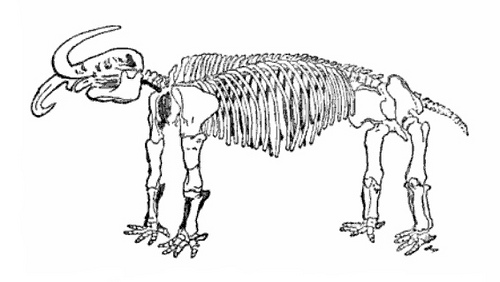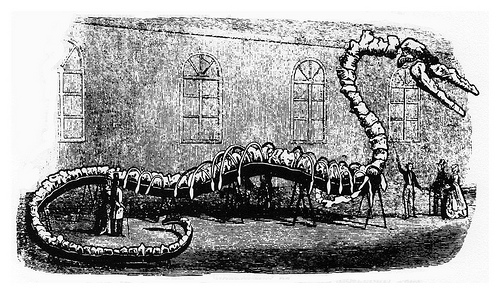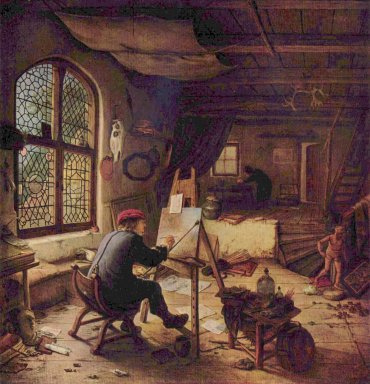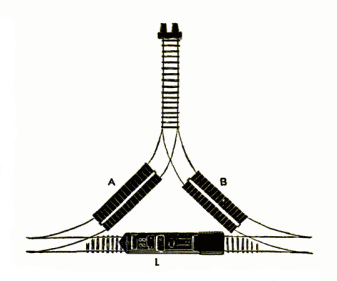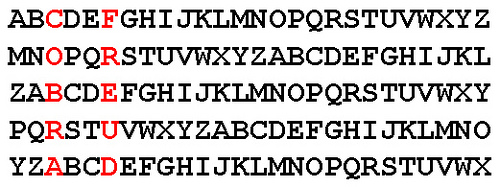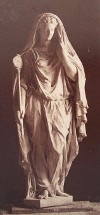The thirsty but impecunious soul approaches the bar-tender with a request for brandy, or what not. He takes a sip, pronounces it detestable, and offers to change it for a glass of whiskey. The obliging bar-tender substitutes the whiskey. The customer drinks, smacks his lips, and prepares to depart. ‘Here,’ says the bar-tender, ‘you haven’t paid for your whiskey.’ ‘No,’ is the innocent response; ‘I gave you the brandy in exchange for it.’ ‘But you didn’t pay for the brandy.’ ‘But I didn’t drink it.’ And while the publican intellect is vainly struggling with the mathematical puzzle involved, the puzzler makes good his escape.
— William Shepard Walsh, Handy-Book of Literary Curiosities, 1892

